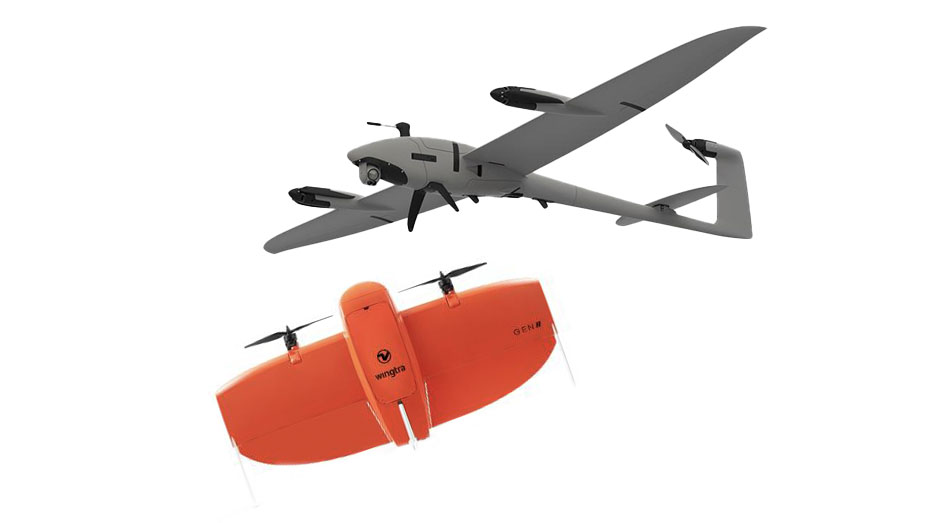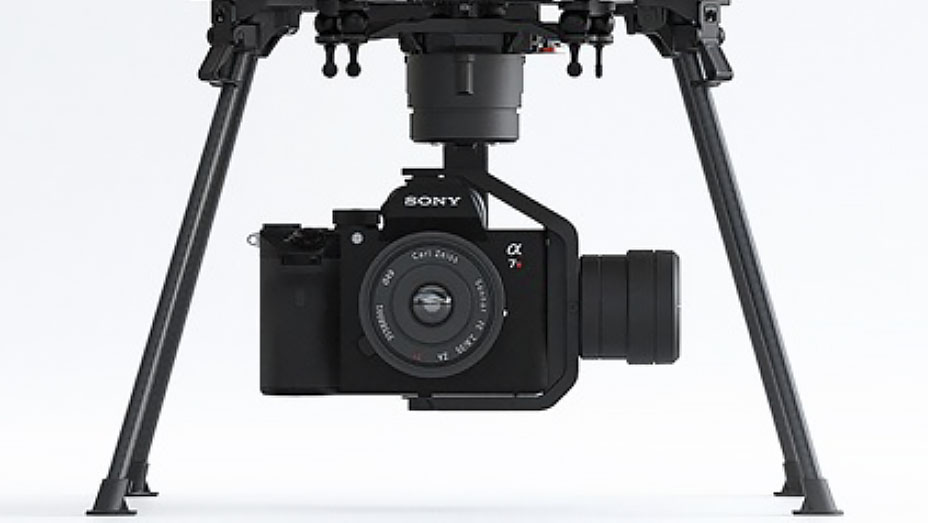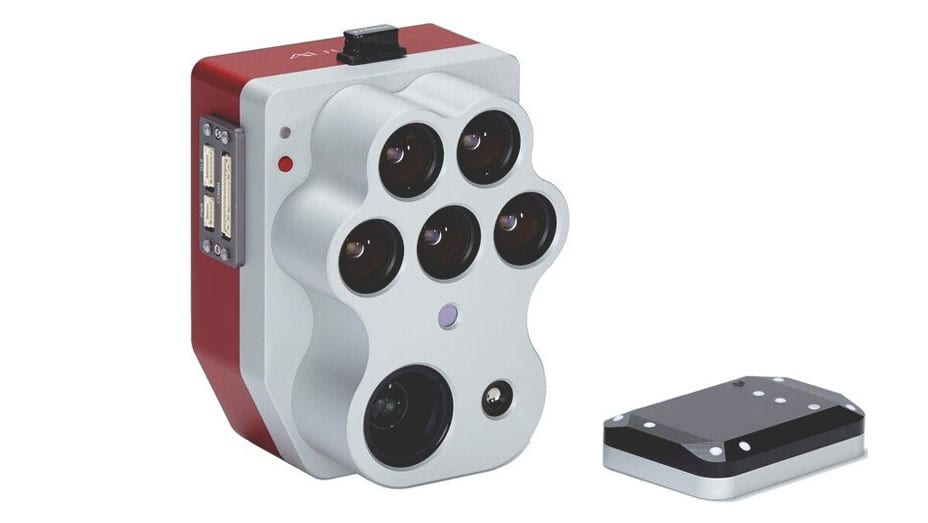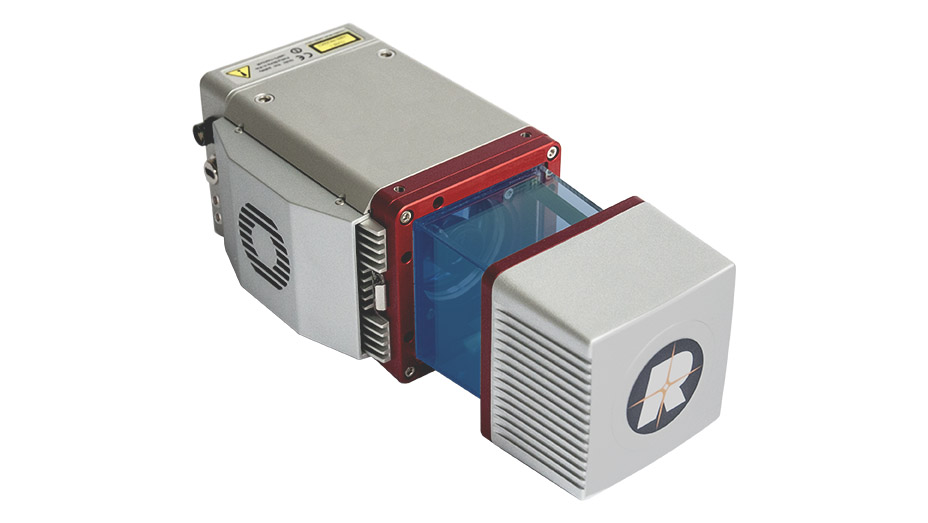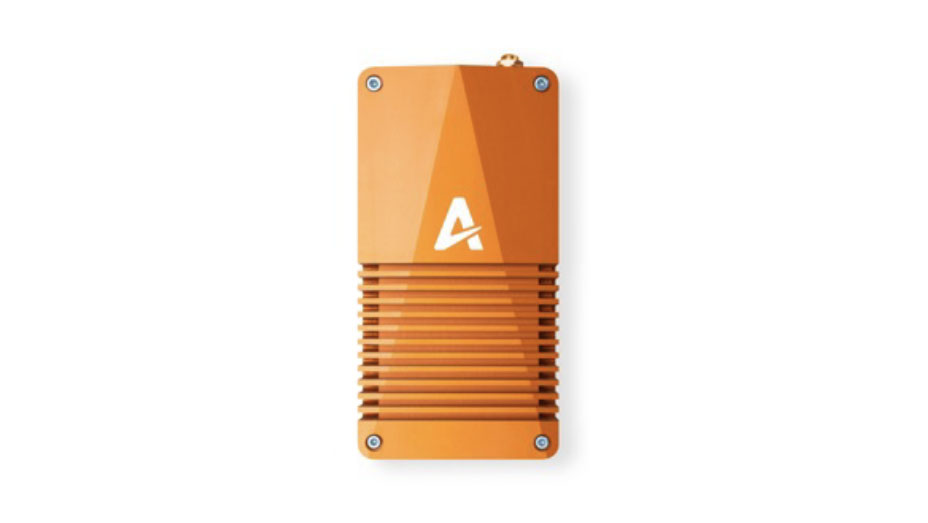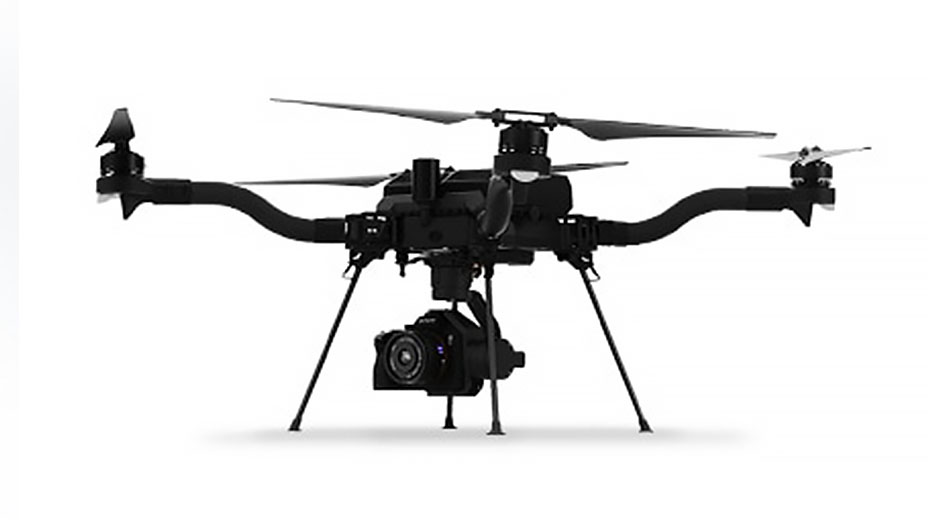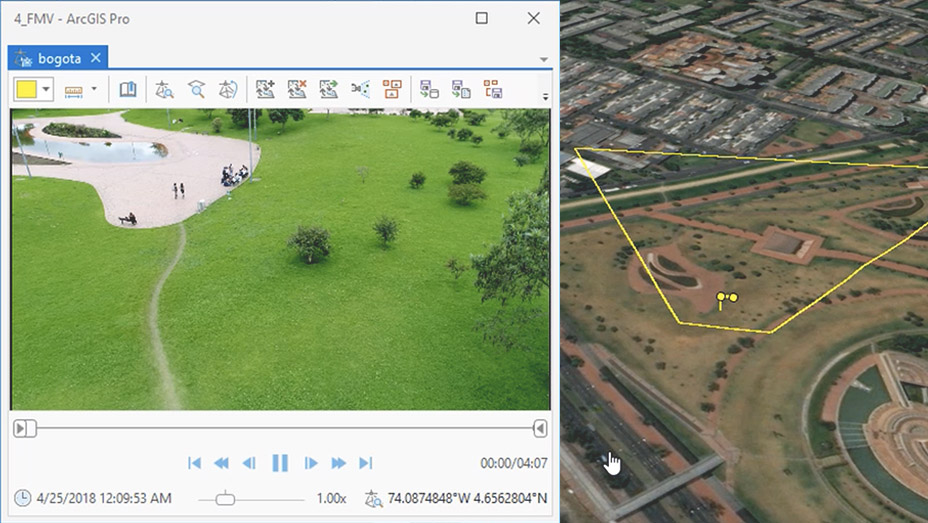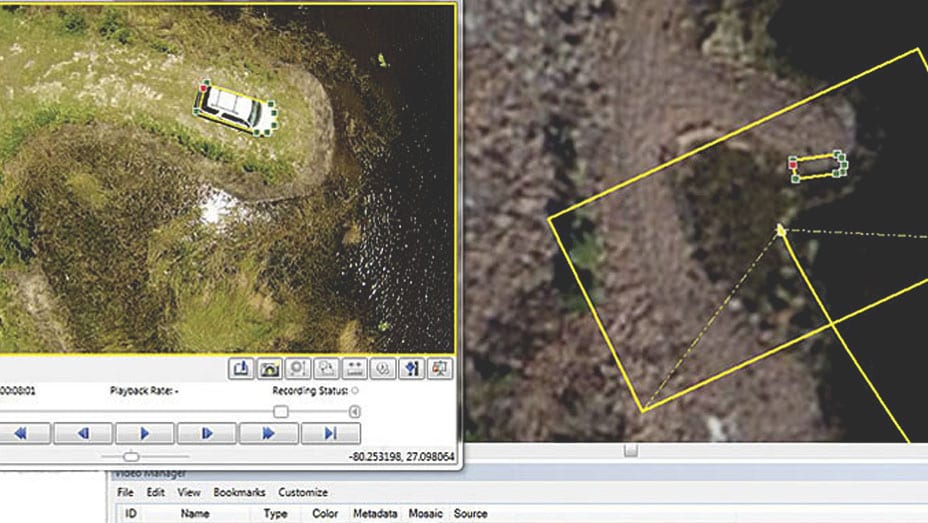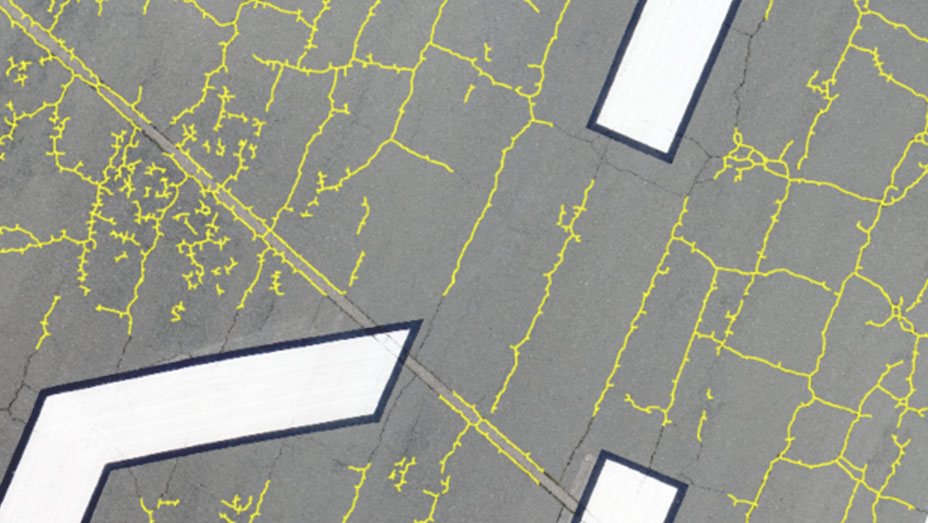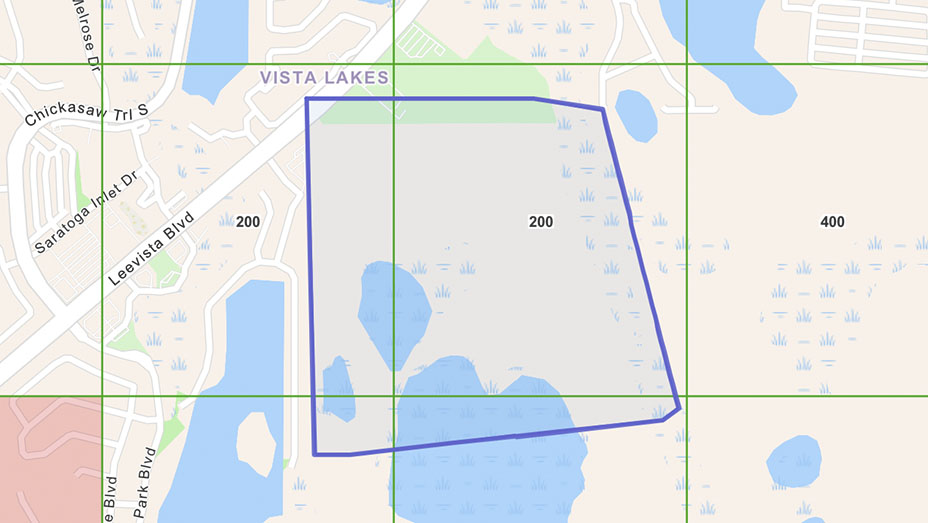
The multirotor quadcopter is the go-to drone platform
Ease of use, few mechanical parts, and the general public's acceptance make this platform the most widely used. The compactness of the newest quadcopters is coupled with impressive sensor packages. Now, every job in the field can carry a drone in its toolbox. The same advancements that make drones more compact allow larger multirotors to fly longer and carry more. We're getting closer to that field-demonstrated one-hour flight time for electric multirotors with a payload, with larger aircraft reaching 40–45 minutes regularly.

